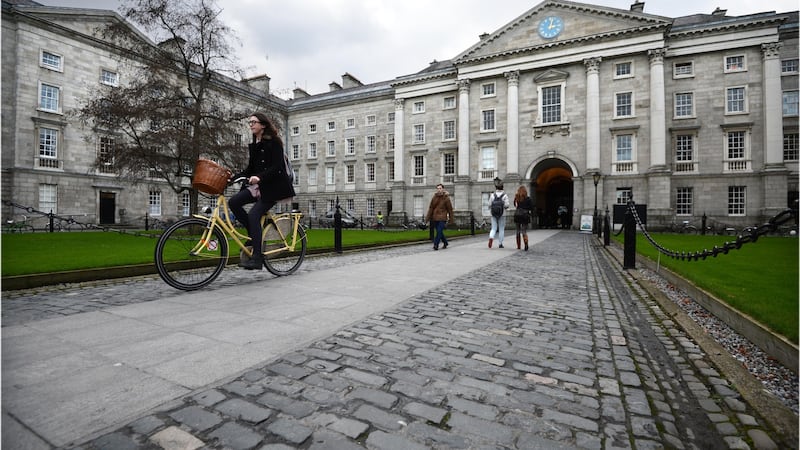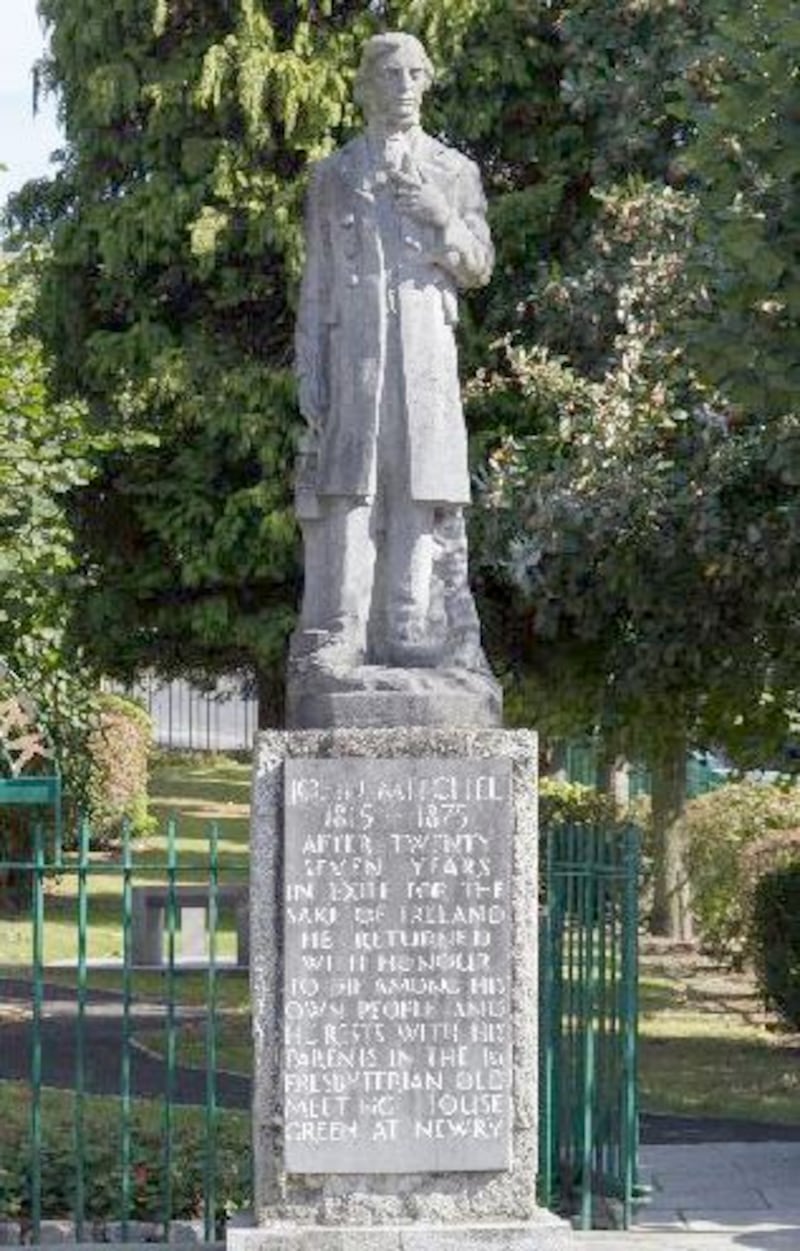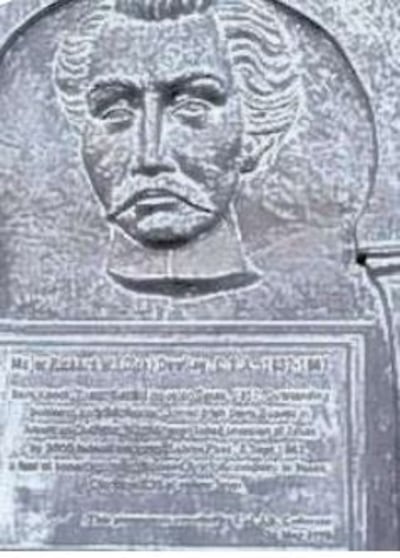The entrance to Trinity College Dublin through the College Green front gate is one of Dublin's best-known images. Few know it was built with money in the early 17th century from tobacco duty, a slave crop.
Across the road the magnificent facade of what was once the Irish parliament, now a Bank of Ireland branch, was built with money from sugar duty, another crop raised by slaves in the British-owned West Indies. One of the founding subscribers to the present-day Bank of Ireland in 1782 was David La Touche. The La Touches were a Huguenot family who came to Ireland after fleeing religious persecution in their native France.
They made a fortune in Dublin in the 17th century in cloth manufacturing and later in banking. David La Touche was the first to develop the St Stephen’s Green/Aungier Street area.

The family developed Marlay Park in south Dublin, founded Greystones and built Harristown Demesne in Co Kildare, which went on the market for €25 million four years ago.
They were also slave owners, according to University College London legacies of British slave-ownership database. In 1833, after slavery was abolished across the British empire, the British compensated the slave owners and not the slaves, transferring huge sums of money to already wealthy people.
According to British records, two members of the La Touche family received almost £7,000 (the equivalent of €1.1 million today) in compensation for the 385 slaves they owned in Jamaica.
The family's legacy lives on through La Touche House, a distinctive green-glass building that was one of the first buildings of the IFSC. In 1992 it was named after David La Touche by Bank of Ireland.

Meanwhile, Westmoreland Street is named after John Fane, the 10th earl of Westmorland, who was a fierce defender of slavery and in the House of Lords in 1799 denounced attempts to end it.
Clergymen involved
According to the University College London database, 107 people living in Ireland were compensated at the time for the losses they incurred after slavery was banned in the British empire. One hundred and eighty had Irish addresses.
Among them was Howe Peter Browne, an ancestor of the Browne family that owned Westport House until 2017. As governor of Jamaica in the 1830s he was fiercely opposed to slavery and incurred the wrath of local slave owners, but it did not stop him claiming £5,526 for 286 slaves, worth about €850,000 today.
Several Irish clergymen claimed compensation for slave ownership. Among them was Rev Richard Wynne of Drumcliff, Co Sligo, who claimed for the ownership of 30 slaves in the Virgin Islands. The amount he received is not listed.
He was the grandfather of the Irish feminist, nationalist and socialist activist Dr Kathleen Lynn, the founder of St Ultan's hospital.
There are physical reminders of slavery elsewhere in Ireland. John Mitchel was an Irish patriot and writer best known for his Jail Journal. His hatred of British injustice did not extend to an aversion of slave ownership in the United States, where he lived out his days.
Though not a slave owner, Mitchel was a fierce defender of slavery and a racist who described black people as “an innately inferior”. Two of his sons died fighting for the pro-slavery Confederacy side during the American civil war.
A statue of Mitchel exists to this day in the centre of Newry, Co Down, where he was brought up.
Tuam plaque
Attempts to remove a plaque of Confederate soldier Maj Richard Dowling from Tuam Town Hall failed in 2018. Dowling and his men foiled an invasion of Texas by 5,000 Union troops at Sabine Pass on September 8th, 1863, during the American civil war.

Historian Damian Shiels, an authority on Irish involvement in that war, estimates that about 20,000 Irish fought with the Confederates.
Mr Shiels says even those who fought on the Union side were not overtly concerned about the plight of enslaved African-Americans.
“Fundamentally, no matter where the Irish were, they tended to have a very strongly held belief in their own white racial superiority, something they shared with the great majority of other whites at the time,” he says.
“We are particularly poor as a nation at engaging with the history of our diaspora, both good and bad. Too often we focus only on specific stories that affirm our sense of selves as a people, or at the diaspora’s contribution to the ‘cause of Ireland.’ ”










